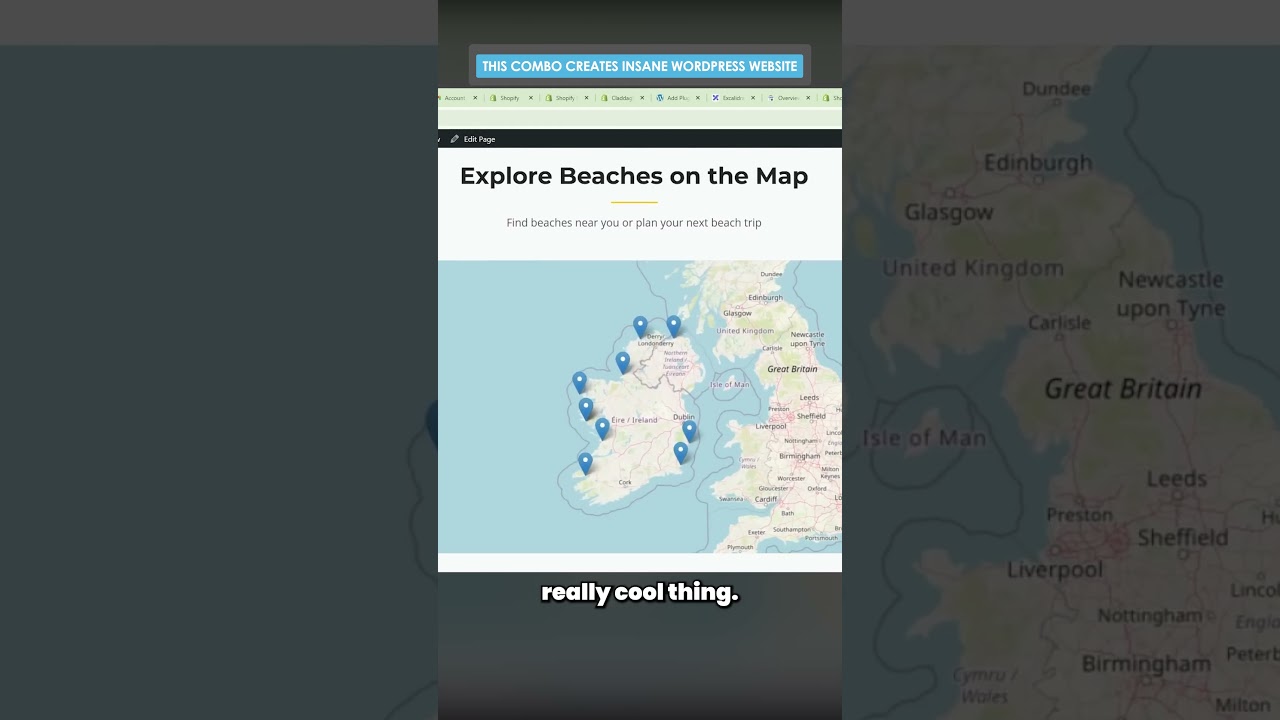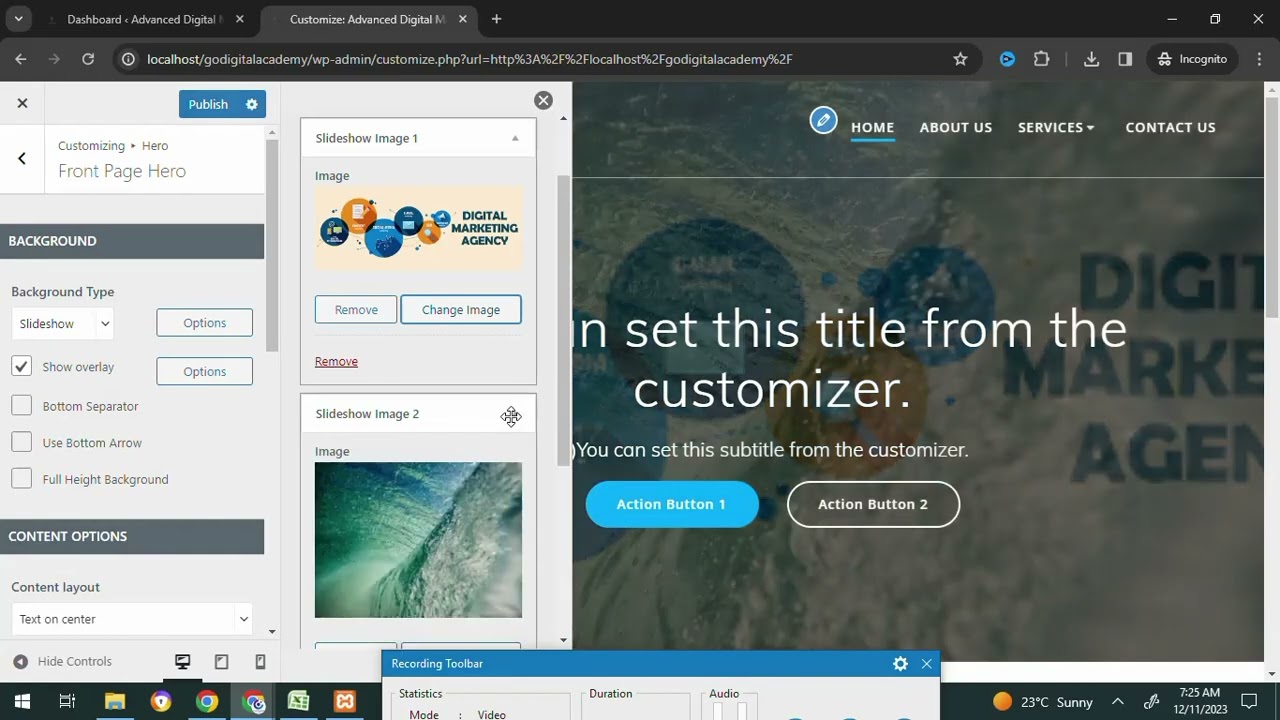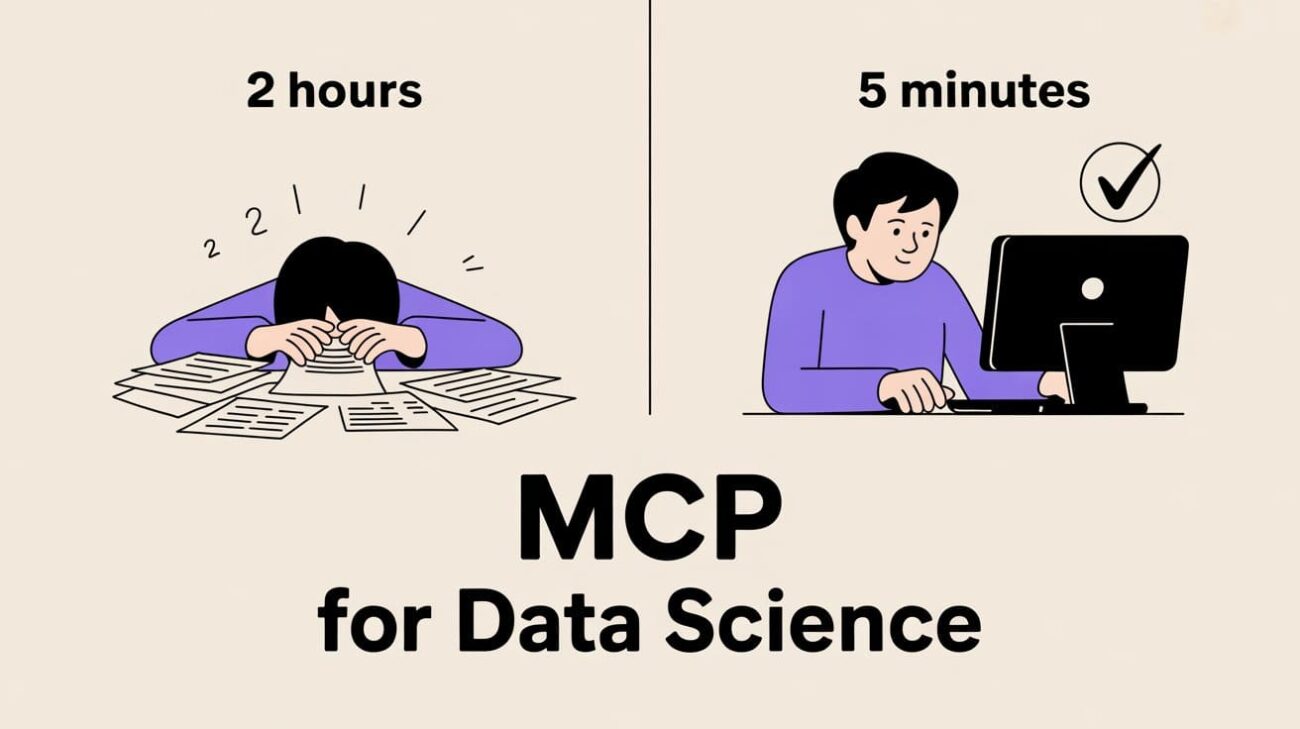Blog
Crafting a High-Performance WordPress Site Without Writing a Single Line of Code
The digital landscape is evolving rapidly, and the demand for professional, functional websites has never been higher. Fortunately, the days of needing extensive coding expertise to build a standout site are long gone. With the right combination of WordPress tools, anyone—regardless of technical skill—can create a visually stunning, fast-loading, and SEO-friendly website. In this guide, we’ll uncover the powerful no-code tools and strategies that enable you to design an exceptional online presence.
Why No-Code Tools Are Revolutionizing Web Development
Traditional web development often requires familiarity with languages like HTML, CSS, or JavaScript. But no-code platforms have democratized the process, allowing entrepreneurs, bloggers, and small businesses to take control of their digital futures. Here’s why this shift matters:
- Speed: Launch your site in hours, not weeks.
- Cost Efficiency: Skip expensive developer fees.
- Flexibility: Make real-time updates without relying on third parties.
- SEO Advantage: Modern tools prioritize clean code and performance, boosting search engine rankings.
WordPress, powering over 43% of all websites, is the ideal foundation for this approach. Paired with intuitive plugins and themes, it becomes an unstoppable force for no-code creators.
The Essential Toolkit for a No-Code WordPress Site
Building a high-quality site hinges on selecting the right tools. Let’s break down the must-have components:
1. Drag-and-Drop Page Builders: Your Design Powerhouse
Page builders eliminate the guesswork of design by offering intuitive interfaces. Two standout options include:
- Elementor: Renowned for its user-friendly workflow, Elementor provides pre-designed templates, responsive editing, and dynamic content features. Its WooCommerce integration makes it a favorite for online stores.
- Divi: With a front-end visual editor and a vast library of layouts, Divi simplifies creating complex designs. Its real-time editing ensures what you see is exactly what your audience gets.
Why These Tools Excel:
- Pixel-perfect control over typography, spacing, and animations.
- Mobile-ready designs with one-click responsiveness checks.
- Built-in SEO enhancements, like optimized image compression.
2. Lightweight Themes: The Backbone of Speed
A theme dictates your site’s structure and performance. Heavy themes slow down load times, hurting SEO and user experience. Instead, opt for minimalist, customizable options:
- Astra: With a footprint under 50KB, Astra integrates seamlessly with page builders. Its starter templates cater to niches like blogs, e-commerce, and portfolios.
- GeneratePress: Prioritizing speed and accessibility, GeneratePress offers granular customization while maintaining a near-perfect PageSpeed score.
Pro Tip: Use WordPress’s built-in Site Editor (Full Site Editing) with block themes like Twenty Twenty-Four for a cohesive, code-free design experience.
3. SEO Plugins: Climb the Search Rankings
Visibility is key. While page builders and themes lay the groundwork, SEO plugins fine-tune your content for search engines:
- Rank Math: This all-in-one tool offers actionable insights, keyword optimization, and schema markup support. Its Content AI suggests improvements based on top-performing competitors.
- Yoast SEO: A veteran in the space, Yoast simplifies meta descriptions, readability checks, and internal linking strategies.
Both plugins integrate with tools like Google Search Console, ensuring your site meets evolving SEO standards.
4. Performance Optimization: Speed Meets Reliability
A slow site drives visitors away. Keep your pages lightning-fast with:
- WP Rocket: A premium caching plugin that optimizes CSS/JS delivery, lazy loads images, and minimizes server requests.
- Smush: Compress and resize images without sacrificing quality, reducing page load times by up to 50%.
Building Your Site: A Step-by-Step Blueprint
Now that you’ve assembled your toolkit, here’s how to bring your site to life:
Step 1: Define Your Goals
Identify your website’s purpose:
- Are you selling products, showcasing work, or sharing expertise?
- Who is your target audience, and what content will they value?
Step 2: Install WordPress and a Hosting Plan
Choose a reliable host like SiteGround or Bluehost, which offer one-click WordPress installations. Prioritize providers with free SSL certificates and daily backups.
Step 3: Customize Your Theme
Install your lightweight theme, then use your page builder to:
- Create a header/footer template.
- Design homepages and landing pages with drag-and-drop sections.
- Ensure mobile responsiveness using preview modes.
Step 4: Optimize for SEO
- Run a keyword analysis with Rank Math or Yoast.
- Craft meta titles and descriptions with primary keywords.
- Implement internal links to improve site structure.
Step 5: Test and Launch
- Use tools like GTmetrix to audit site speed.
- Check for broken links with Ahrefs’ Free SEO Tool.
- Preview your site across devices and browsers.
Advanced Tips for Maximizing Performance
Take your site from good to exceptional with these strategies:
A. Leverage Dynamic Content
Plugins like Toolset let you create custom post types and databases without code—perfect for directories, membership sites, or real estate listings.
B. Automate Marketing Workflows
Connect your site to email marketing platforms like MailerLite using MC4WP. Build pop-ups and forms to grow your audience effortlessly.
C. Prioritize Accessibility
Ensure your site is inclusive by:
- Adding alt text to images.
- Using sufficient color contrast.
- Enabling keyboard navigation.
Plugins like Accessibility Checker can scan for compliance issues.
Common Pitfalls to Avoid
Even with no-code tools, mistakes can hinder your success:
- Overloading Plugins: Too many plugins slow down your site. Audit regularly and remove unused tools.
- Ignoring Updates: Outdated plugins/themes pose security risks. Enable auto-updates where possible.
- Neglecting Backups: Use UpdraftPlus to schedule daily backups to cloud storage.
Final Thoughts: Empowering Your Digital Journey
The combination of WordPress, modern page builders, and strategic plugins has made professional web design accessible to everyone. By focusing on speed, SEO, and user experience, your no-code site can compete with developer-built platforms—at a fraction of the cost.
Start small, experiment with tools, and iterate based on analytics. The digital world is yours to conquer, one click at a time.
Elementor Pro
In stock
PixelYourSite Pro
In stock
Rank Math Pro
In stock
Related posts
Build a Report Generator AI Agent with NVIDIA Nemotron on OpenRouter
Word Press Day-3 How to add the Slideshow images and Top Bar and Editing the Home Page #godigital
Oracle Shares Surge 36% on AI Demand, Adding $244B Market Value
Top 5 AI Plugins That Will Change WordPress in 2025! 🚀 #websitesetup #websitedomain
A Visual Guide to Tuning Gradient Boosted Trees
Here’s How I Built an MCP to Automate My Data Science Job
🔐Miss Genève 🌩️🌝🦅 ⚕️📿Wix and Word Press. Ads, Websites Developer. Marketers, Marketing experts,
AI Engine: o Melhor Plugin de Inteligência Artificial Grátis para WordPress – ChatGPT – OpenAI
AT&T Scales Back Office Surveillance After Employee Frustration
You Only Need 3 Things to Turn AI Experiments into AI Advantage
Gohighlevel’s mega menu feature breakdown in 3 minutes
Trump’s 2025 Bill Delivers $40B Boost to Fossil Fuel Industry
Products
-
 Rayzi : Live streaming, PK Battel, Multi Live, Voice Chat Room, Beauty Filter with Admin Panel
Rayzi : Live streaming, PK Battel, Multi Live, Voice Chat Room, Beauty Filter with Admin Panel
$98.40Original price was: $98.40.$34.44Current price is: $34.44.In stock
-
 Team Showcase – WordPress Plugin
Team Showcase – WordPress Plugin
$53.71Original price was: $53.71.$4.02Current price is: $4.02.In stock
-
 ChatBot for WooCommerce – Retargeting, Exit Intent, Abandoned Cart, Facebook Live Chat – WoowBot
ChatBot for WooCommerce – Retargeting, Exit Intent, Abandoned Cart, Facebook Live Chat – WoowBot
$53.71Original price was: $53.71.$4.02Current price is: $4.02.In stock
-
 FOX – Currency Switcher Professional for WooCommerce
FOX – Currency Switcher Professional for WooCommerce
$41.00Original price was: $41.00.$4.02Current price is: $4.02.In stock
-
 WooCommerce Attach Me!
WooCommerce Attach Me!
$41.00Original price was: $41.00.$4.02Current price is: $4.02.In stock
-
 Magic Post Thumbnail Pro
Magic Post Thumbnail Pro
$53.71Original price was: $53.71.$3.69Current price is: $3.69.In stock
-
 Bus Ticket Booking with Seat Reservation PRO
Bus Ticket Booking with Seat Reservation PRO
$53.71Original price was: $53.71.$4.02Current price is: $4.02.In stock
-
 GiveWP + Addons
GiveWP + Addons
$53.71Original price was: $53.71.$3.85Current price is: $3.85.In stock
-
 ACF Views Pro
ACF Views Pro
$62.73Original price was: $62.73.$3.94Current price is: $3.94.In stock
-
 Kadence Theme Pro
Kadence Theme Pro
$53.71Original price was: $53.71.$3.69Current price is: $3.69.In stock
-
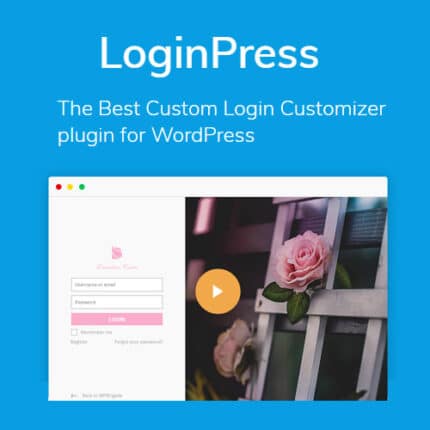 LoginPress Pro
LoginPress Pro
$53.71Original price was: $53.71.$4.02Current price is: $4.02.In stock
-
 ElementsKit – Addons for Elementor
ElementsKit – Addons for Elementor
$53.71Original price was: $53.71.$4.02Current price is: $4.02.In stock
-
 CartBounty Pro – Save and recover abandoned carts for WooCommerce
CartBounty Pro – Save and recover abandoned carts for WooCommerce
$53.71Original price was: $53.71.$3.94Current price is: $3.94.In stock
-
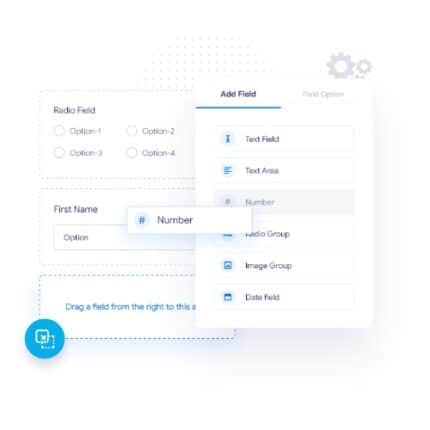 Checkout Field Editor and Manager for WooCommerce Pro
Checkout Field Editor and Manager for WooCommerce Pro
$53.71Original price was: $53.71.$3.94Current price is: $3.94.In stock
-
 Social Auto Poster
Social Auto Poster
$53.71Original price was: $53.71.$3.94Current price is: $3.94.In stock
-
 Vitepos Pro
Vitepos Pro
$53.71Original price was: $53.71.$12.30Current price is: $12.30.In stock
-
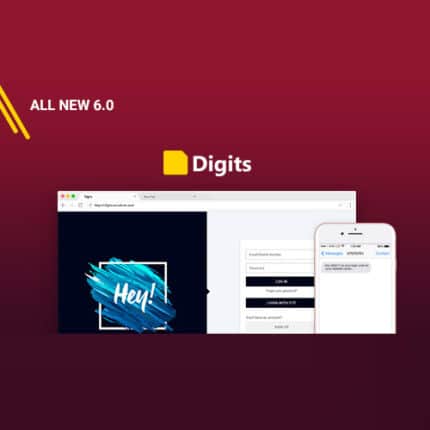 Digits : WordPress Mobile Number Signup and Login
Digits : WordPress Mobile Number Signup and Login
$53.71Original price was: $53.71.$3.94Current price is: $3.94.In stock
-
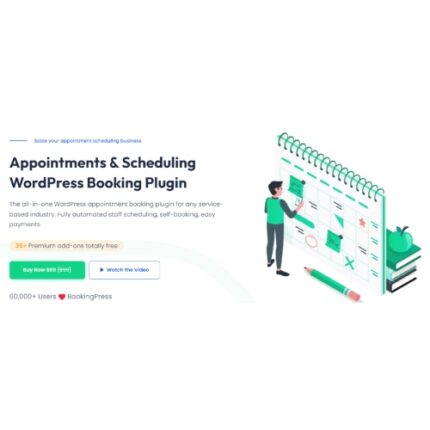 BookingPress Pro – Appointment Booking plugin
BookingPress Pro – Appointment Booking plugin
$53.71Original price was: $53.71.$3.94Current price is: $3.94.In stock
-
 Polylang Pro
Polylang Pro
$53.71Original price was: $53.71.$3.94Current price is: $3.94.In stock
-
 All-in-One WP Migration Unlimited Extension
All-in-One WP Migration Unlimited Extension
$53.71Original price was: $53.71.$3.94Current price is: $3.94.In stock
-
 Slider Revolution Responsive WordPress Plugin
Slider Revolution Responsive WordPress Plugin
$53.71Original price was: $53.71.$4.51Current price is: $4.51.In stock
-
 Advanced Custom Fields (ACF) Pro
Advanced Custom Fields (ACF) Pro
$53.71Original price was: $53.71.$3.94Current price is: $3.94.In stock
-
 Gillion | Multi-Concept Blog/Magazine & Shop WordPress AMP Theme
Rated 4.60 out of 5
Gillion | Multi-Concept Blog/Magazine & Shop WordPress AMP Theme
Rated 4.60 out of 5$53.71Original price was: $53.71.$5.00Current price is: $5.00.In stock
-
 Eidmart | Digital Marketplace WordPress Theme
Rated 4.70 out of 5
Eidmart | Digital Marketplace WordPress Theme
Rated 4.70 out of 5$53.71Original price was: $53.71.$5.00Current price is: $5.00.In stock
-
 Phox - Hosting WordPress & WHMCS Theme
Rated 4.89 out of 5
Phox - Hosting WordPress & WHMCS Theme
Rated 4.89 out of 5$53.71Original price was: $53.71.$5.17Current price is: $5.17.In stock
-
 Cuinare - Multivendor Restaurant WordPress Theme
Rated 4.14 out of 5
Cuinare - Multivendor Restaurant WordPress Theme
Rated 4.14 out of 5$53.71Original price was: $53.71.$5.17Current price is: $5.17.In stock
-
 Eikra - Education WordPress Theme
Rated 4.60 out of 5
Eikra - Education WordPress Theme
Rated 4.60 out of 5$62.73Original price was: $62.73.$5.08Current price is: $5.08.In stock
-
 Tripgo - Tour Booking WordPress Theme
Rated 5.00 out of 5
Tripgo - Tour Booking WordPress Theme
Rated 5.00 out of 5$53.71Original price was: $53.71.$4.76Current price is: $4.76.In stock
-
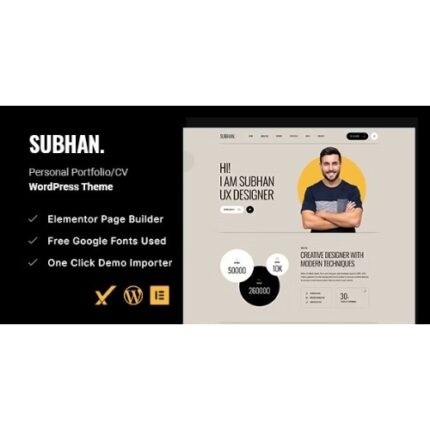 Subhan - Personal Portfolio/CV WordPress Theme
Rated 4.89 out of 5
Subhan - Personal Portfolio/CV WordPress Theme
Rated 4.89 out of 5$53.71Original price was: $53.71.$4.76Current price is: $4.76.In stock
-
 Bloxic - Furniture Store WooCommerce Theme
Rated 4.83 out of 5
Bloxic - Furniture Store WooCommerce Theme
Rated 4.83 out of 5$53.71Original price was: $53.71.$4.76Current price is: $4.76.In stock
